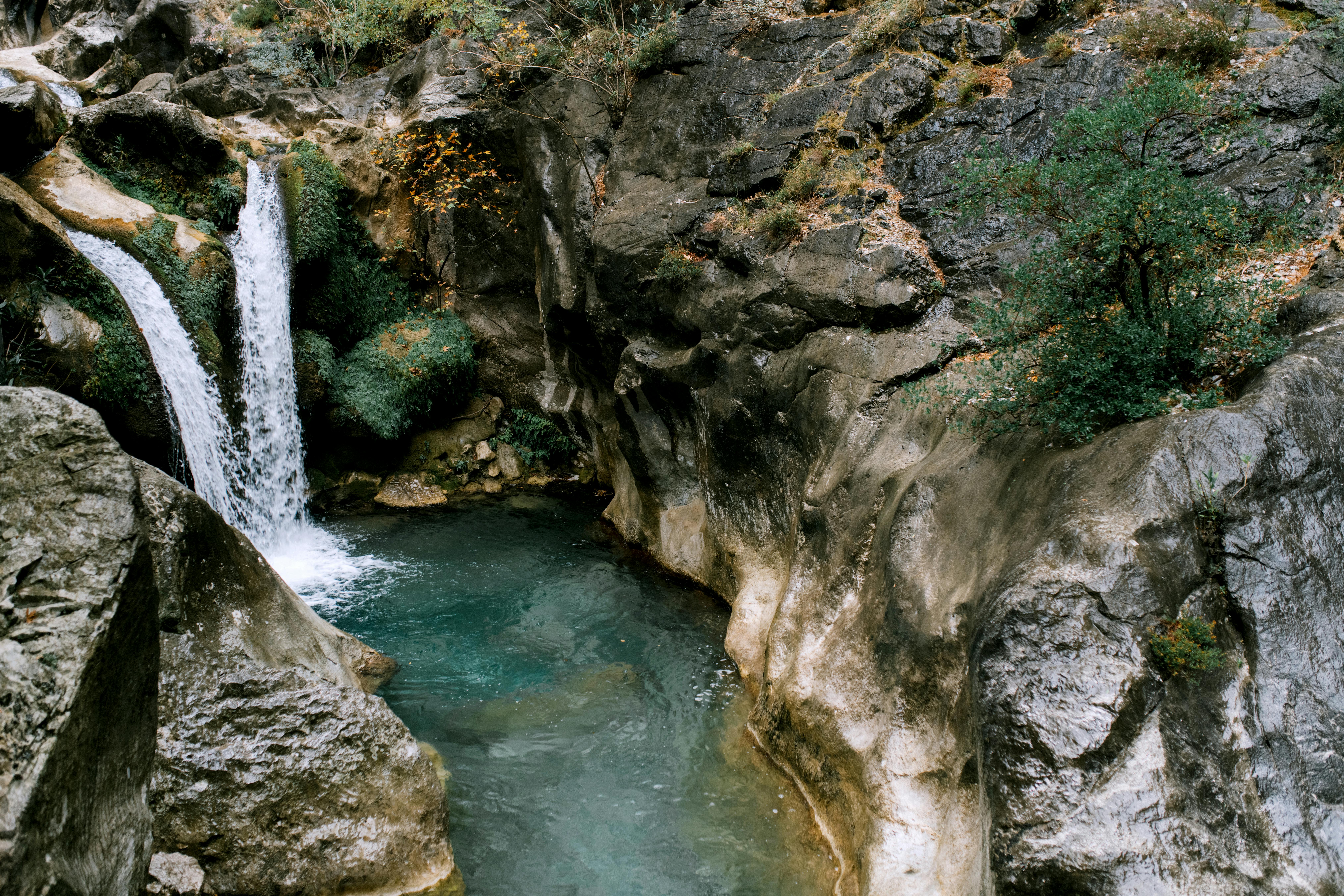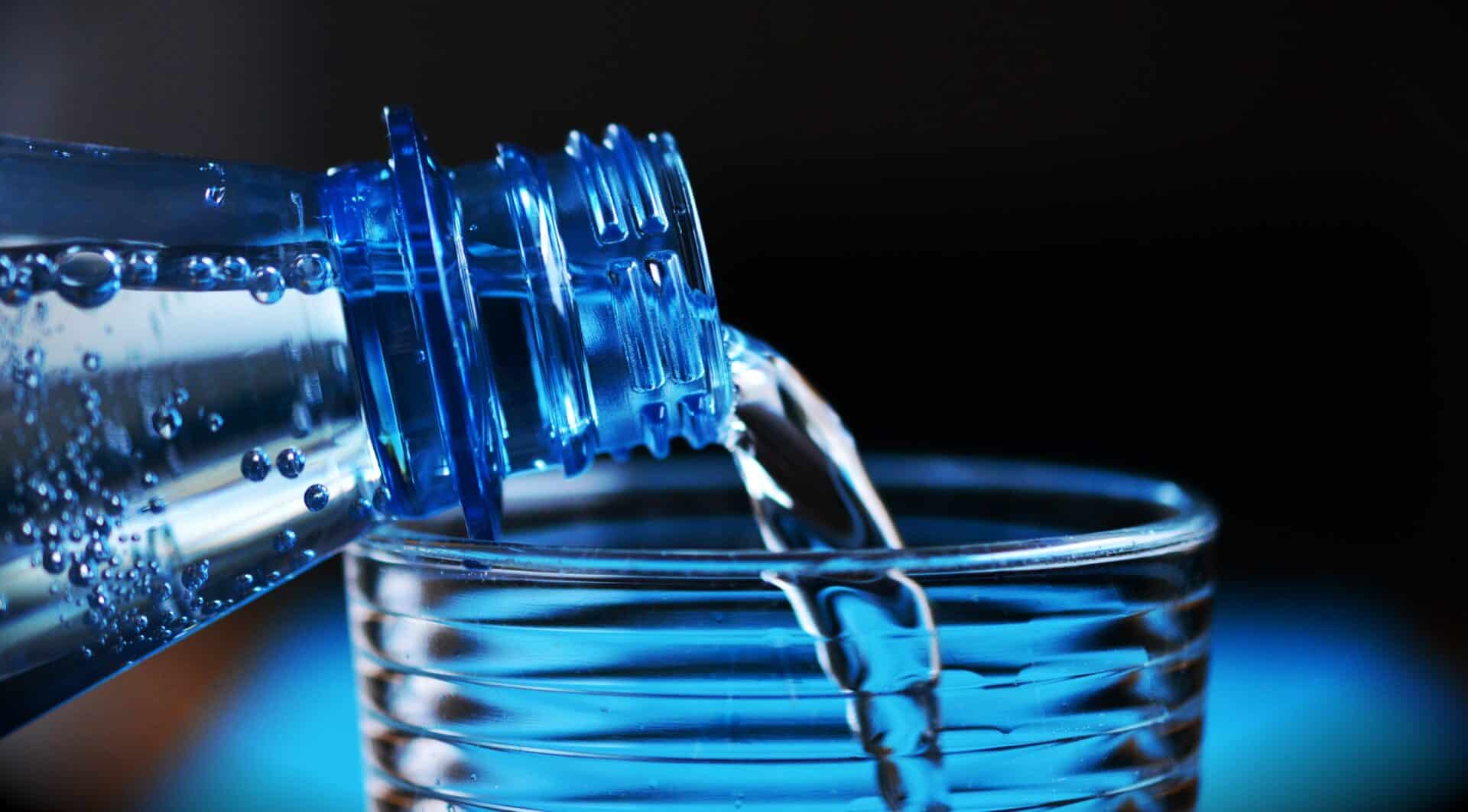Water is one of the most important and abundant resources on earth, and it comes in many different forms. One of the most common forms of water is bottled water, which is readily available in stores and restaurants around the world. Another form of water is distilled water, which has been purified through a process of boiling and condensation. While both bottled water and distilled water are considered safe for consumption, there are some key differences between the two that should be taken into consideration before making a purchase. This article will explore what sets these two types of water apart from each other.Bottled water is water that has been packaged in sealed containers made of plastic, glass, or cartons. It is typically sold in supermarkets, convenience stores, and other retail outlets. Bottled water can be either still or sparkling and may contain added minerals such as calcium and magnesium to improve its taste. It is usually more expensive than tap water but often perceived to be of higher quality.
Distilled Water
Distilled water is a form of purified water that has gone through a distillation process to remove impurities. Distillation involves boiling the water and condensing the steam into a clean container, leaving many of the impurities behind. The result is pure, clean water that is free from most chemicals, minerals, and other contaminants found in regular tap or spring water. Distilled water is often used in medical settings and scientific experiments where purity of the water is critical. It can also be used for drinking, as it does not contain any harmful substances like chlorine or fluoride found in tap water.
Distilled water can be made at home using simple equipment like a pot and some tubing, but there are also commercially produced distilled waters available. These waters use more advanced technologies to produce higher levels of purity than what can be achieved with home distillers. Commercially produced distilled waters are often used for drinking purposes due to their higher level of quality compared to tap or spring waters.
Where Does Bottled Water Come From?
Bottled water is one of the world’s most popular beverages. It has become increasingly popular over the years as people have become more health conscious and concerned about what they are drinking. But where does bottled water really come from?
Bottled water comes from a variety of sources, including lakes, rivers, streams, wells, and springs. It is typically purified and treated to remove impurities and unpleasant tastes. Depending on the source and treatment process, bottled water can range from completely safe to drink to having high levels of contaminants.
When choosing a bottle of water, it is important to know where the water came from and what processes it underwent. Many companies will list this information on their labels or websites so that consumers can make informed decisions about what they are drinking.
It is also important to consider any additional ingredients that may be added to bottled water such as sugar or electrolytes. Some types of bottled waters may have higher levels of sodium or other minerals than tap water, so it is important to take this into account when making a decision about which type of bottled water to purchase.
Overall, the best way to ensure that you are drinking clean, safe bottled water is by looking for independent certifications from third-party organizations that test for contaminants and other substances in bottled water. By doing your research before purchasing a bottle of water, you can rest assured that you are getting the safest and purest product possible.
Where Does Distilled Water Come From?
Distilled water is created by taking water and boiling it, then collecting the steam that evaporates. This steam is condensed back into liquid form. The process of distillation removes any impurities from the water such as bacteria, viruses, salts, and other minerals. The resulting liquid is referred to as distilled water.
Distillation is a process that has been used since ancient times to purify drinking water. It is still used today for many different applications such as medical treatments and industrial processes. In addition to this, distilled water can be purchased in stores for personal use.
Distilled water can be made from many different sources including evaporated sea-water and fresh surface or ground-water sources. Depending on the source of the original water, additional treatment may be necessary before it can be safely consumed. This may include filtration or reverse osmosis to remove any remaining contaminants.
The quality of distilled water depends on the quality of the original source water used in the distillation process. Generally speaking, distilled water made from fresh ground-water or surface-water sources tends to have higher purity than that made from sea-water sources. It should also be noted that distilled water does not contain any minerals or electrolytes which are typically found in natural spring waters.
In conclusion, distilled water is created by boiling regular tap or spring water then collecting and condensing the resulting steam back into liquid form. Depending on its source, additional treatments may need to be performed before it can be safely consumed. Distilled water does not contain any minerals or electrolytes which are often found in natural spring waters.
Taste Differences Between Bottled and Distilled Water
The difference in taste between bottled and distilled water is often subtle, but it can be noticeable. Bottled water is typically sourced from springs, rivers, or wells and is generally filtered to remove impurities. This filtration process can alter the flavor of the water, imparting a slightly sweet or mineral taste. Distilled water is created by boiling water until it turns to steam and then collecting the condensation in a separate container. This process removes any impurities, but also removes the minerals that give natural water its flavor. As a result, distilled water has a much milder taste than bottled water.
When comparing bottles of different brands of bottled water, you may notice subtle differences in taste due to different sources or levels of filtration. Some brands use reverse osmosis filtration, which further reduces any mineral taste that may remain after regular filtration processes. On the other hand, some brands boast that their bottled water still contains natural minerals for added flavor. When tasting these subtle differences between brands of bottled water, it’s important to note that the differences are often very small and can be difficult to detect without careful consideration and comparison.
The difference between distilled and bottled water is much more pronounced because distilled water has no minerals or other elements left in it after boiling and condensing the steam. As such, distilled water has a distinctively milder taste than other types of bottled waters or tap waters due to its lack of minerals. This milder flavor makes distilled water ideal for drinking with flavored beverages like coffee or tea where other types of waters may overpower the drink’s flavor profile.

Cost Differences Between Bottled and Distilled Water
There is a significant cost difference between bottled and distilled water. Bottled water is typically much more expensive than distilled water, as it is often sold in single-serve containers made of plastic or glass. On the other hand, distilled water can be purchased in much larger quantities at a much lower cost. Additionally, purchasing a distiller to make your own distilled water at home can be a great way to save money in the long run.
When comparing bottled and distilled water, it is important to consider the various types of bottled water that are available. Some types of bottled water may contain minerals such as calcium or magnesium, which are beneficial for health. These types of bottled waters are often more expensive than distilled waters that do not contain any minerals. Furthermore, some companies add additional flavoring to their waters, which can also increase the cost.
In addition to costs associated with purchasing bottled and distilled water, there are environmental considerations to take into account as well. Bottled water typically comes in single-use containers that cannot be recycled or reused. This means that more plastic is ending up in landfills and taking up valuable space that could be used for other purposes. On the other hand, using a distiller to make your own distilled water at home produces no waste materials and does not require any additional packaging materials.
Overall, there is a significant difference between bottled and distilled waters when it comes to cost and environmental impact. While purchasing bottled waters may be convenient for some people, it is usually more expensive than buying large amounts of distilled water or making your own at home with a distiller. Additionally, using a distiller eliminates any waste that would otherwise come from single-use plastic bottles or cans used for storing bottled waters.
Mineral Content Differences Between Bottled and Distilled Water
Water is one of the most important elements of life, and its quality is essential for our health. There are many different sources of water, including bottled and distilled water. While both types of water provide hydration, there is a difference in their mineral content. Bottled water typically contains minerals such as calcium, magnesium, and sodium. These minerals are naturally present in the source water and are not added during the bottling process. Distilled water, on the other hand, does not contain any minerals since it has been processed to remove all impurities.
The amount of minerals found in bottled water varies depending on the source water used for bottling. Generally speaking, spring waters contain more minerals than ground waters since spring water has a higher mineral content than ground water. Ground waters usually have lower mineral content because it is filtered through rocks and soil before being bottled. It is important to note that some bottled waters may also be fortified with additional minerals such as calcium or magnesium to provide additional health benefits.
When choosing between bottled or distilled water, it is important to understand the differences in their mineral content. Bottled water contains natural trace minerals while distilled water does not, so those who want to benefit from the additional vitamins or minerals should opt for bottled rather than distilled. Distilled water may be better suited for those looking for a purer source of hydration without any extra additives or contaminants present in the source water. Ultimately, it is up to each individual to decide which type of water best suits their needs.
pH Level Differences Between Bottled and Distilled Water
The pH level of water is an important indicator of the acidity or alkalinity of the water. Bottled and distilled water have different pH levels, so it is important to understand the differences between them.
Bottled water typically has a neutral pH range of 6.5 to 7.5, which means it is neither acidic nor alkaline. This makes it safe for drinking and other uses. It is also less likely to cause corrosion or damage to metal pipes and plumbing fixtures than other types of water.
Distilled water, on the other hand, has a much lower pH level than bottled water. It usually ranges from 4 to 6, which means it is slightly acidic in nature. This type of water can be used for various purposes including cleaning, sterilizing, and even as an ingredient in food items such as breads and cakes. However, due to its low pH level it may not be safe for drinking, as it could lead to health problems such as gastrointestinal distress when consumed in large amounts over a long period of time.
Overall, bottled water has a higher pH level than distilled water and is generally considered safer for drinking purposes. However, both types of water can be used for various other purposes depending on their specific properties and usage needs.

Conclusion
Bottled water and distilled water are two types of water that can be used for drinking. Bottled water is typically filtered and may contain added minerals, while distilled water is steam-distilled and contains no minerals. Both types of water have their own advantages in terms of health benefits. Bottled water may be beneficial for those who need a source of minerals, while distilled water is ideal for those looking to remove all contaminants from their drinking water. Ultimately, the type of water that you choose to drink should depend on your individual needs and preferences.
No matter which type of water you prefer, both bottled and distilled are great options when it comes to staying hydrated. Making sure you drink the recommended amount of fluids each day is essential for overall health and well-being, so find the type of water that works best for you and stick with it!

